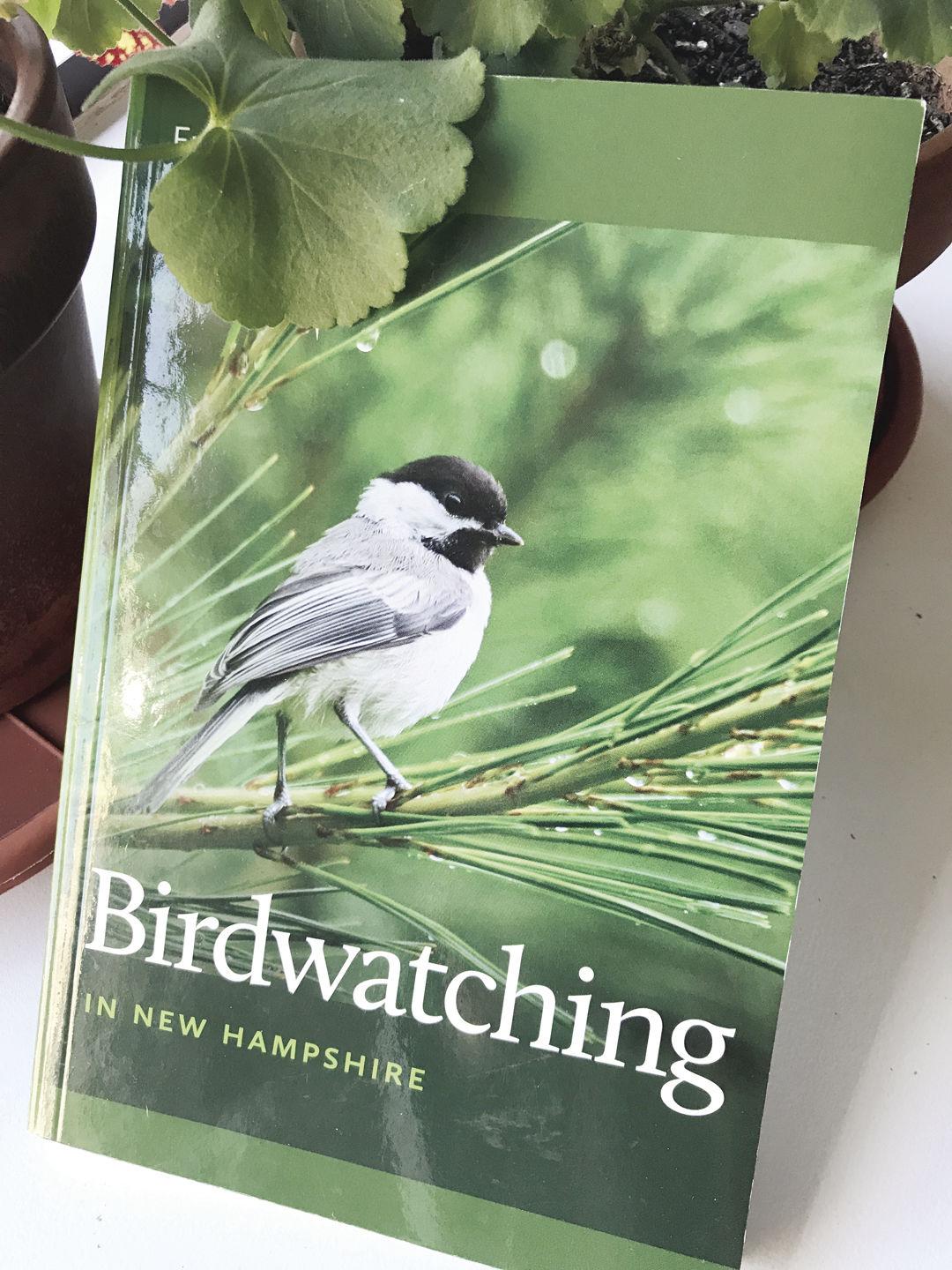The Warblers
 Originally published in The Laconia Daily Sun ›
Originally published in The Laconia Daily Sun ›
It’s difficult to imagine living in an environment that doesn’t have a cycle of seasons. The sense of a beginning and the sense of an ending. The quartet: spring, summer, autumn and winter.
The thought of seasons preoccupied me on a long walk through Central Park on a glorious spring (actually summer like) day last weekend. If you are a hiker and confined to Manhattan wandering through the Ramble, a wooded area of trails in the Park, this provides a sense of being away.
If you walk further to the northeast corner of Central Park the Harlem Meer is a tidal wetland surrounded by a path where one can observe ducks, geese, and other birds during various seasons of the year. Actually, Central Park is an ideal place for birdwatchers as over 200 species of birds visit Central Park annually, finding it a place of rest and refuge, particularly during migrations, in a dense urban area.
I have been thinking about birding as in May I am joining Eric Masterson on a weekend trip to Star Island in the Isles of Shoals off Portsmouth to observe the spring migration.
Eric is the author of Birdwatching in New Hampshire (University of New England Press, 2013) and works in the field of environmental conservation at the Harris Center for Conservation in Hancock, New Hampshire. In early September, 2016 Eric left from Hancock and rode his bicycle to South America following the broad-winged hawk migration. He covered 5,000 miles, crossed five time zones and 40 degrees of latitude on this trip.
Star Island, where we will be going, is one of the nine islands that comprise the Isle of Shoals. The islands are shared between Maine and New Hampshire and those in New Hampshire include Star, Seavey, White, and Lunging (aka Londoners).
We will be birding on Star Island’s 46 acres because it has few trees and “consists mostly of low scrub and shrubs, so most birds are observed at eye level.” As Eric writes in Birdwatching in New Hampshire: “By the time these birds (30 species of warblers) reach New Hampshire in the spring, many are at the end of a long, arduous trek from Central or South America. Of the millions that stream north across the continent, some inevitably get disoriented and discover themselves over the ocean. These birds must find land before they run out of energy and perish. Islands function like a magnet for birds caught in such situations.”
Spring is when there are pussywillows on the table and maple syrup and walnuts warmed and served on ice cream. Spring is when the hall closet is finally manageable because the heavy and often puffy winter coats have been stored away. Spring is when you smile when you begin to see green plants pushing up through the wet earth. Spring is when the warblers begin to return to New Hampshire.
Imagine life without spring.